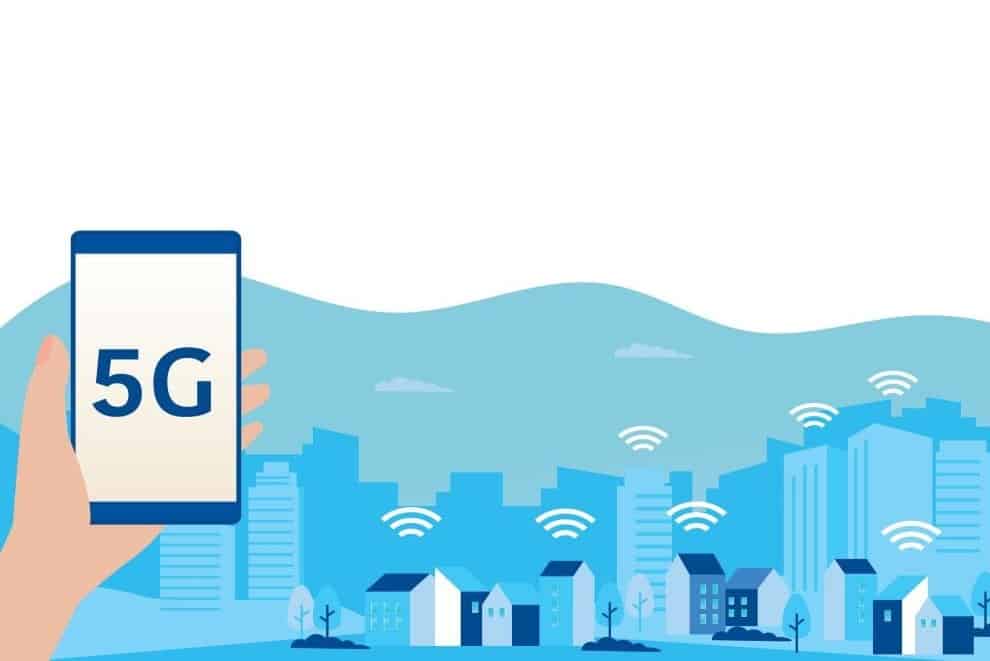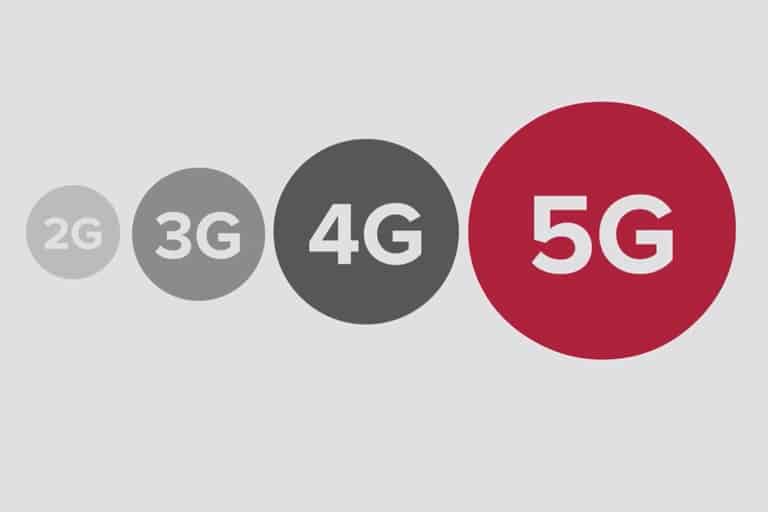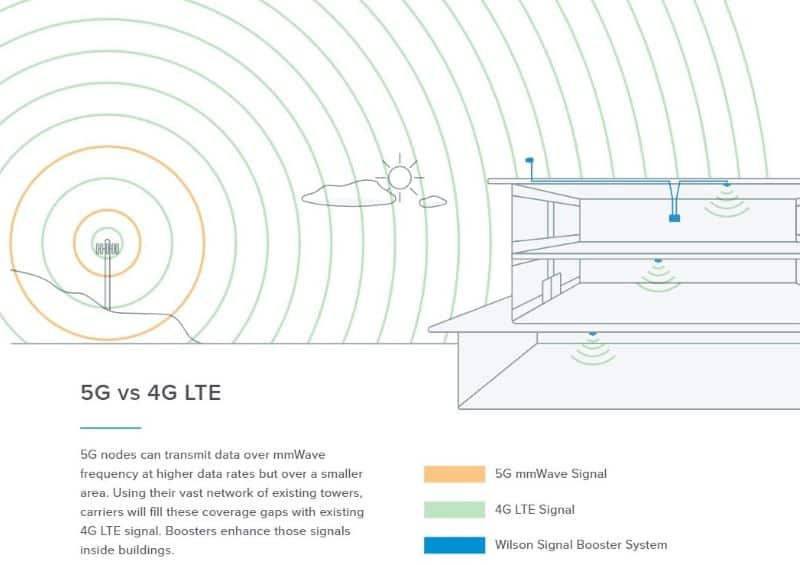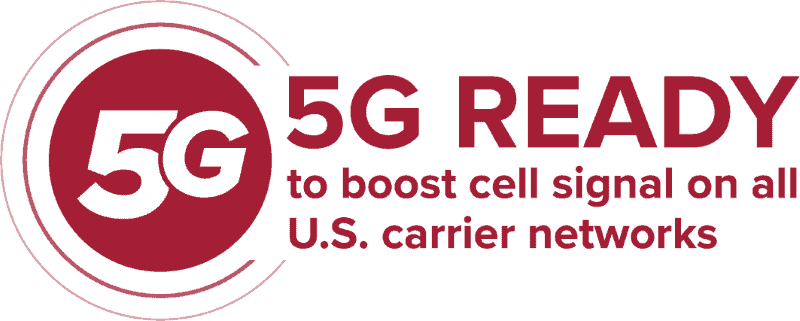Is 5G the Future of Mobile Data?
Posted on 1/30/2022 by Web Admin
5G has been getting a lot of attention in the media — some good and some bad. For many people, it’s not clear what the technology represents. So let’s clear it up: 5G technology is the fifth generation of cellular networking and is an upgrade of the current 4G LTE standard.
Mobile providers need 5G to provide higher speeds and serve more users on their networks. With 5G networks starting to go live across the country, the technology could soon power the internet of things (IOT) and provide users with high-speed data for streaming voice, video, and other applications across all their devices.
What Is 5G?
As the latest generation of cellular network technology, 5G is designed to help mobile network providers meet the ever-increasing demands of users. As more devices make use of the cellular network, the amount of data needing to be sent will increase exponentially.
Modern applications require high speeds and low latency to give users a good experience. Today, cellular technology is used for a variety of services, including streaming video services, augmented reality tools and real-time tracking. These use cases are a huge departure from the old days of merely downloading a web page or loading a static map.
5G, like the other technologies before it, uses a network of cellular towers to communicate with users. The main difference between 5G and the current 4G standard is that 5G gives carriers the option to use high-band, short-range airwaves to deliver a signal. By combining multiple channels, users can benefit from high speeds and low latencies.
The potential offered by 5G is impressive:
- The network can deliver up to 1,000 times more data than 4G LTE
- Users can benefit from speeds of up to 100 times faster than 4G LTE
- The network can accommodate 100 times the number of devices
It will be years before 5G is available to everyone across the country, and the old 4G networks will remain available for a long time to support older devices. But in some areas, the 5G rollout is already happening.
How Does 5G Work?
The 5G network is capable of using the same frequencies as 4G LTE as well as higher frequencies.
The 4G LTE network combines multiple channels to offer users higher speeds, and 5G is capable of doing this as well. What sets 5G apart from 4G is that it can combine a greater number of channels across multiple frequencies.
In addition, 5G uses OFDM encoding, a type of encoding that is like the one used by 4G but with an air interface that is more flexible and allows for lower latency.
The 4G channels used by consumers are usually around 20MHz, although they can sometimes be higher. They are bonded together in bundles of up to 140MHz at a time.
With 5G, channels can be up to 100 MHz each, and while the bonding used by providers varies, Verizon uses groups of up to 800MHz at a time. This broader highway means they can send much greater volumes of data.
In theory, 5G speeds can be staggeringly fast. In the real world, it’s unlikely that users will experience full speed. Because 5G uses multiple small cells that can be reconfigured on the fly and channels can be re-bonded based on the conditions at any given moment, providers have a lot of flexibility.
Even in areas where signal is poor or demand is high, users can expect to see speeds and latencies that are around what 4G offers. The standards bodies are hoping for speeds of 20Gbps and 1ms latency, which may mean that mobile users will get better performance from their phones than they do their home broadband.
Imagine living in a world where slow downloads on your phone are a thing of the past, and you can download anything you want on the go instead of having to wait to get home to do bigger transfers. That’s the future 5G is promising.
Is 5G Safe?
Some people are scared that 5G could be dangerous because it uses so-called high-frequency radiation.
When people hear the word radiation, it’s natural for them to worry. But it’s important to consider that not all radiation is the same. For our purposes, there are two main types of radiation:
- Ionizing radiation is characterized by small wavelengths high frequencies. This is the type that is dangerous and can cause cancer.
- Non-ionizing radiation, however, does not carry these concerns. 5G uses the non-ionizing type of radiation.
In addition, health organizations around the world have investigated the safety of different levels of radiation and agreed upon safe levels of exposure. In accordance with their determinations, cellular network providers will use extensive networks of 5G masts dotted around towns and cities. Since each of these masts is a low-powered device that repeats the signal, this means none of the masts need to put out high levels of radiation — keeping the level of exposure to a minimum.
The FDA has examined the current scientific data on 5G and says there is no evidence that the levels of exposure that would be produced by widespread 5G adoption would present a danger to health.
Is 5G Really Better Than 4G?
The technology has a lot of potential, but it’s easy to wonder whether it’s really going to live up to the hype. If you live somewhere with an extensive 4G network, you might find it hard to see a need for anything faster, but let’s look at the pace of progress.
- On 3G, downloading a 2-hour long film would take more than 24 hours.
- Using 4G LTE, the same film would take just six minutes to download.
- On 5G, the download time would be 3.5 seconds.
Faster downloads mean frictionless app installations, better streaming for voice or video, and instant access to information.
Not only that, but any time your phone is spending less time pulling down data, there’s less strain on the battery, so your battery should last much longer. Some reports suggest that a 5G service could allow phones to have 10x the battery life of other smartphones.
When Will the 5G Rollout Be Completed?
Trials and test deployments for 5G began in 2018, although there was still ongoing development of the 5G specification in 2019. The consumer rollout of the technology started in 2020, but the COVID-19 pandemic of 2020-2021 caused a lot of delays.
Mobile device users in large cities not already enjoying 5G can expect access in the near future, but a full countrywide rollout will take several years, and worldwide coverage is a long way off too.
Fortunately, 4G LTE is widely available, so those who travel a lot can still expect decent, if not quite fast, data speeds in most parts of the western world.
What Does That Mean for My Mobile Devices?
If your devices support 5G, then it makes sense to move over to it as soon as possible. Until then, your 5G-compatible device should run just fine on 4G. Once 5G is available where you live, you should see a marked improvement in the responsiveness of mobile applications that use a lot of data.
Will weBoost Support 5G?
Since 5G frequencies are more susceptible to blockage or signal attenuation than the 4G LTE technology that is in use across the country today, weBoost signal solutions are arguably more necessary than ever. Users in older homes may find that certain areas of their buildings have poor signal. The signal boosting products we offer are designed with those users in mind, and all of our boosters are already 5G-network-compatible.
If you’d like to know more about our cell phone signal boosters, contact us today to discuss your requirements. Whether you’re struggling with cellular signal in a sprawling rural property or a small city apartment, we can help you stay connected.
Where do you need to boost your signal?
Popular Articles
Similar Articles


weBoost Keeps Customers Connected, Charged, and on the Go with the Launch of Dash
Read More




